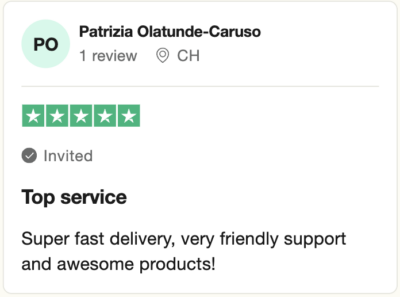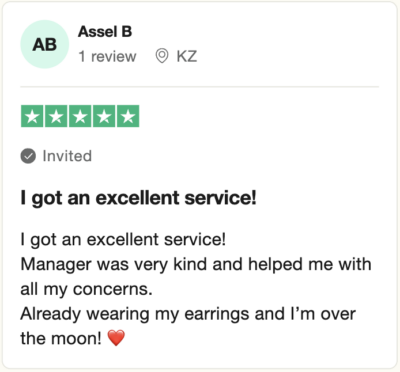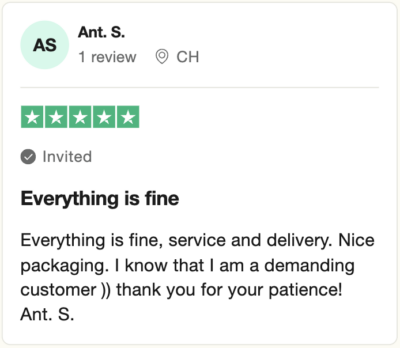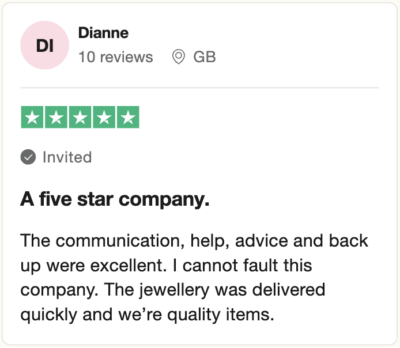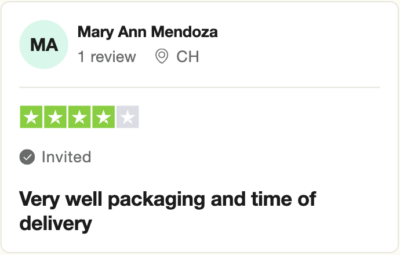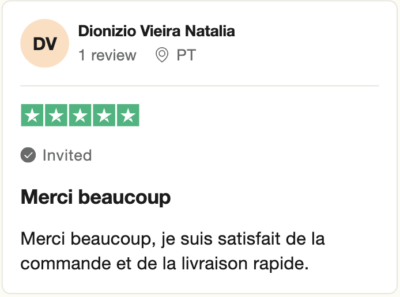8 Facts to Know Before Buying Lab-Grown Diamonds
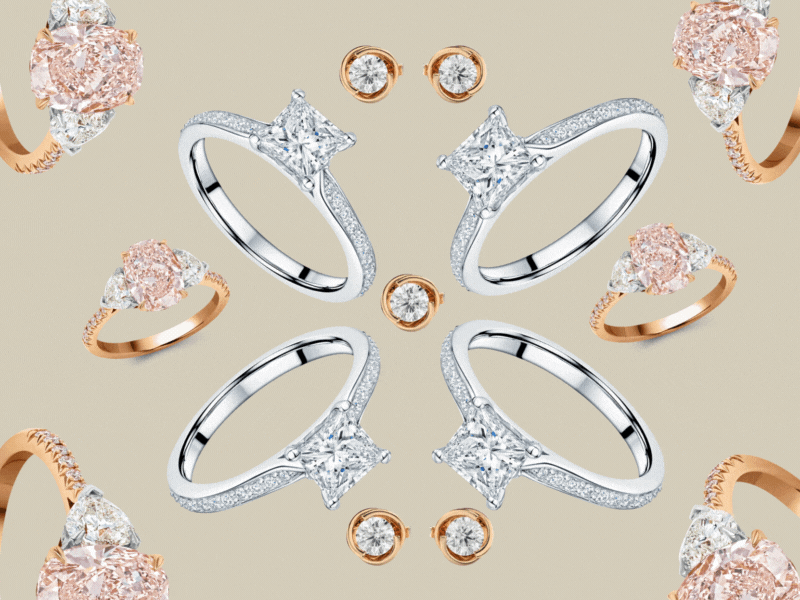
1. This summer marked a significant milestone as, for the first time, the number of lab-grown diamonds sold in the U.S. surpassed that of natural stones. This shift in the market has prompted a closer examination of the dynamics surrounding lab diamonds and their growing popularity.
2. According to extensive surveys in the U.S., buyers are increasingly opting for lab-grown stones, drawn by the enticing prospect of acquiring a larger stone without exceeding their budget. Simultaneously, European consumers are making choices rooted in environmental consciousness, considering lab-grown diamonds as a more eco-friendly alternative.
3. Contrary to popular belief, not all lab diamonds exhibit superior stability compared to their natural counterparts. The stability is contingent upon the intricacies of the production technology. Some manufacturing facilities rely on massive quantities of electricity derived from hydrocarbons in their production processes, raising questions about the overall environmental impact.
4. Lab stones, although visually stunning, deviate from the exact characteristics of natural stones. CVD stones, for example, form a cluster of nanocrystals, while a natural diamond emerges as a single crystal, each possessing unique attributes that discerning consumers may find intriguing.
5. Despite these disparities, the naked human eye struggles to differentiate between a lab diamond and a natural diamond, underscoring the remarkable visual similarity achieved through advanced production techniques.
6. The economic landscape of lab diamonds is undergoing a transformative shift. Prices for laboratory stones are in a perpetual state of decline, a trend expected to persist due to the active development of technologies and the influx of an expanding variety of stones into the market. Reflecting on the past five years, a laboratory diamond that once cost 60% of the price of its natural counterpart has seen a notable reduction to just 30% in 2023, a testament to the evolving dynamics in the diamond industry.
However, this doesn’t mean that a lab-grown diamond ring will be as much cheaper than a natural diamond ring. Because the cost of jewelry also takes into account the material (which is usually the same gold), the work of the jeweler (it also does not depend on the origin of the stone) and other costs.
7. However, it’s essential to note that the resale value of a laboratory diamond is virtually zero, a factor that potential buyers should consider when making investment decisions in the realm of lab-grown diamonds.
8. Jewelers and jewelry stores, cognizant of the evolving market trends, find themselves earning several times more on the sale of a laboratory diamond compared to a natural diamond of equivalent value. This disparity in profit margins has led to increased investment in marketing strategies and a heightened interest among sellers in this burgeoning segment of the diamond market.




